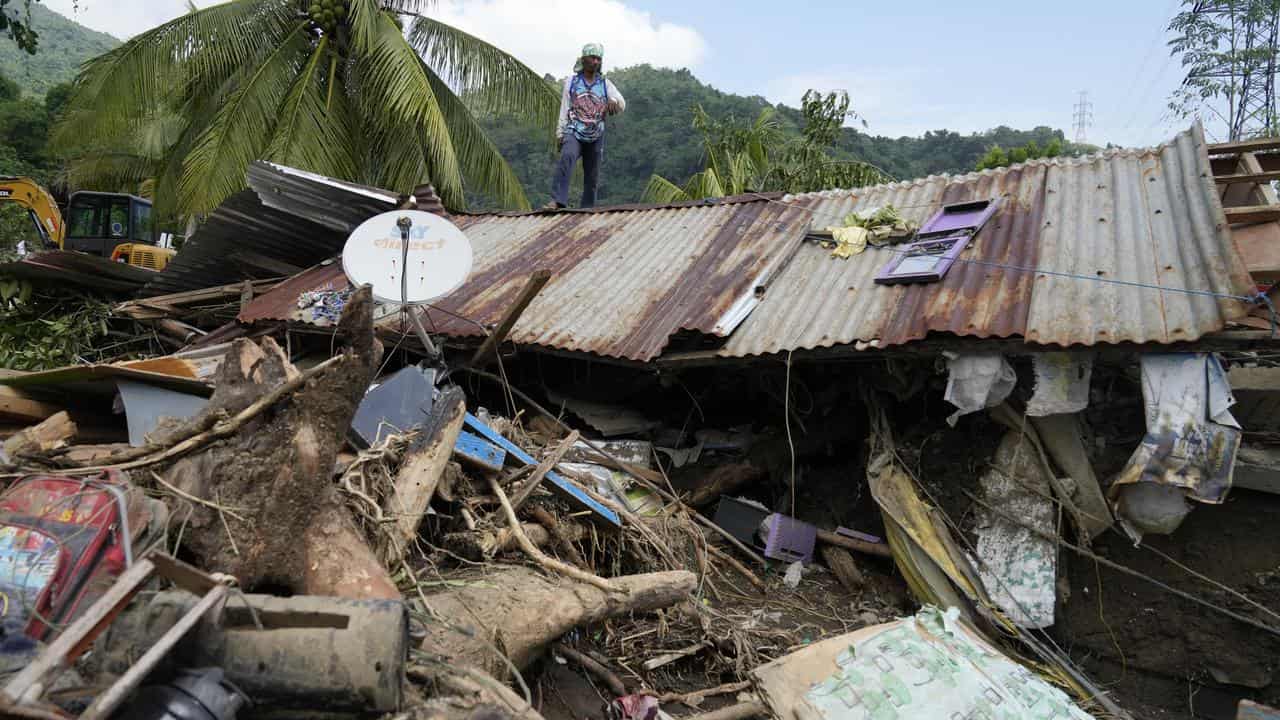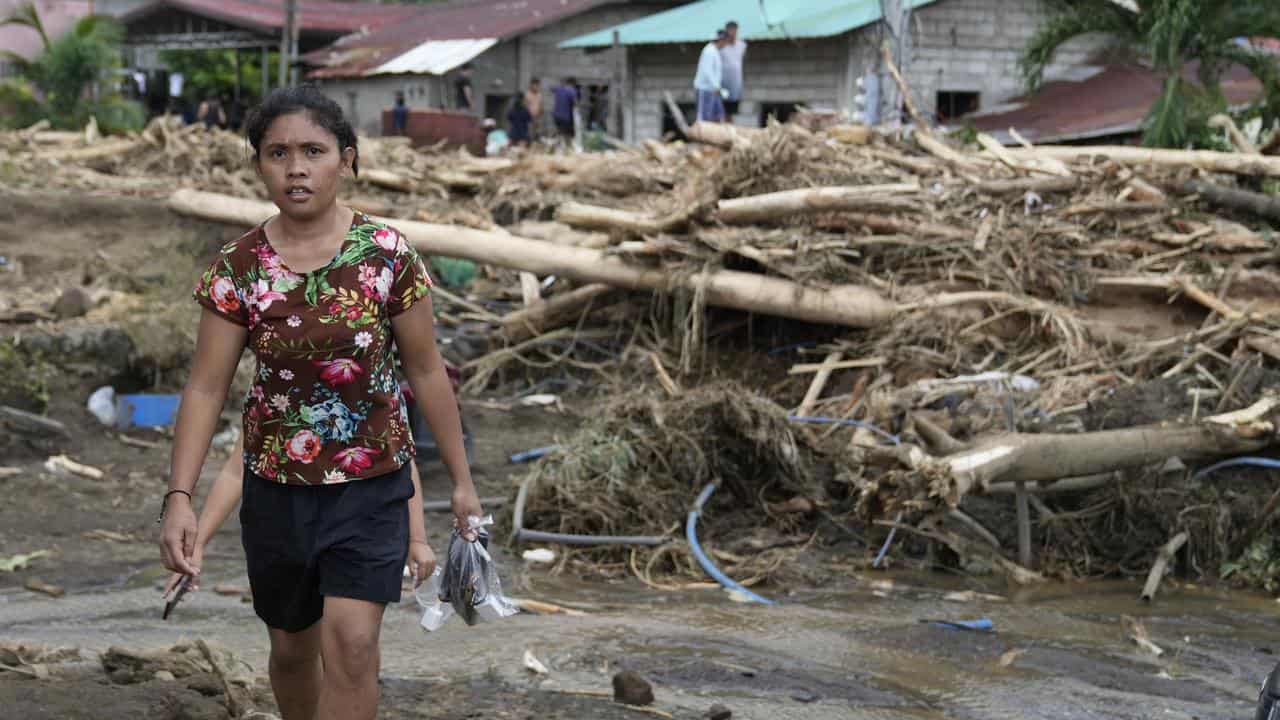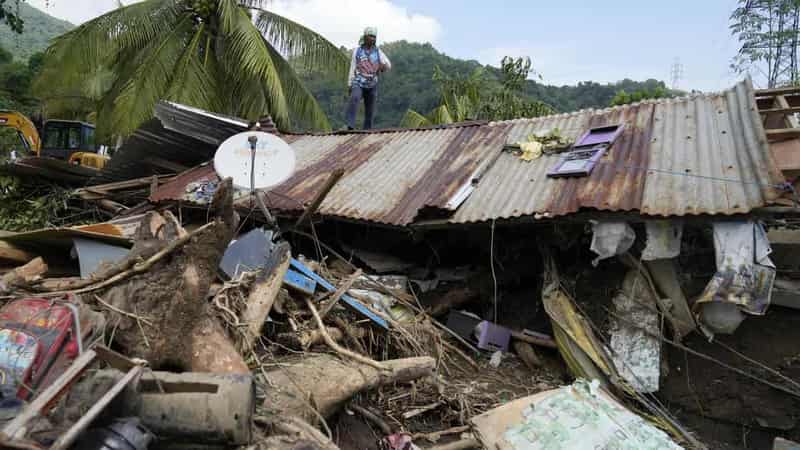
Rescuers in the Philippines are racing the clock to find people buried in landslides after Tropical Storm Trami brought major floods that have left at least 115 victims dead or missing.
Trami blew away from the northwestern Philippines on Friday, leaving at least 81 people dead and 34 others missing in one of the Southeast Asian archipelago’s deadliest and most destructive storms so far this year, the government’s disaster-response agency said.
The death toll is expected to rise as reports come in from previously isolated areas.

Dozens of police, firefighters and other emergency personnel, backed by three backhoes and sniffer dogs, dug up one of the last two missing villagers in the lakeside town of Talisay in Batangas province on Saturday.
A father, who was waiting for word on his missing 14-year-old daughter, wept as rescuers placed the remains in a black body bag.
Distraught, he followed police officers, who carried the body bag down a mud-strewn village alley to a police van when one weeping resident approaching him to express her sympathies.
The man said he was sure it was his daughter, but authorities needed to do checks to confirm the identity of the villager dug up.
In a nearby basketball gym at the town centre, more than a dozen white coffins were laid side-by-side, bearing the remains of those found in the heaps of mud, boulders and trees that cascaded on Thursday afternoon down the steep slope of a wooded ridge in Talisay's Sampaloc village.
President Ferdinand Marcos, who inspected another hard-hit region southeast of Manila Saturday, said the unusually large volume of rainfall dumped by the storm — including in some areas that saw one to two months’ worth of rainfall in just 24 hours — overwhelmed flood controls in provinces lashed by Trami.
"The water was just too much,” Marcos told reporters.
“We’re not done yet with our rescue work,” he said.
“Our problem here, there are still many areas that remained flooded and could not be accessed even with big trucks."
His administration plans to start work on a major flood control project that can meet the unprecedented threats climate change poses.
More than 4.2 million people were in the path of the storm, including nearly half a million, who mostly fled to more than 6400 emergency shelters in several provinces, the government agency said.
In an emergency cabinet meeting, Marcos raised concerns over reports by government forecasters that the storm — the eleventh to hit the Philippines this year — could make a u-turn next week as it is pushed back by high-pressure winds in the South China Sea.
The storm was forecast to batter Vietnam over the weekend if it would not veer off course.
The government shut down schools and government offices for the third day on Friday to keep millions of people safe on the main northern island of Luzon.
Inter-island ferry services were also suspended, stranding thousands.
Weather has cleared in many areas on Saturday, allowing clean up work in most areas.
Each year, about 20 storms and typhoons batter the Philippines.
In 2013, Typhoon Haiyan, one of the strongest recorded tropical cyclones, left more than 7,300 people dead or missing and flattened entire villages.









